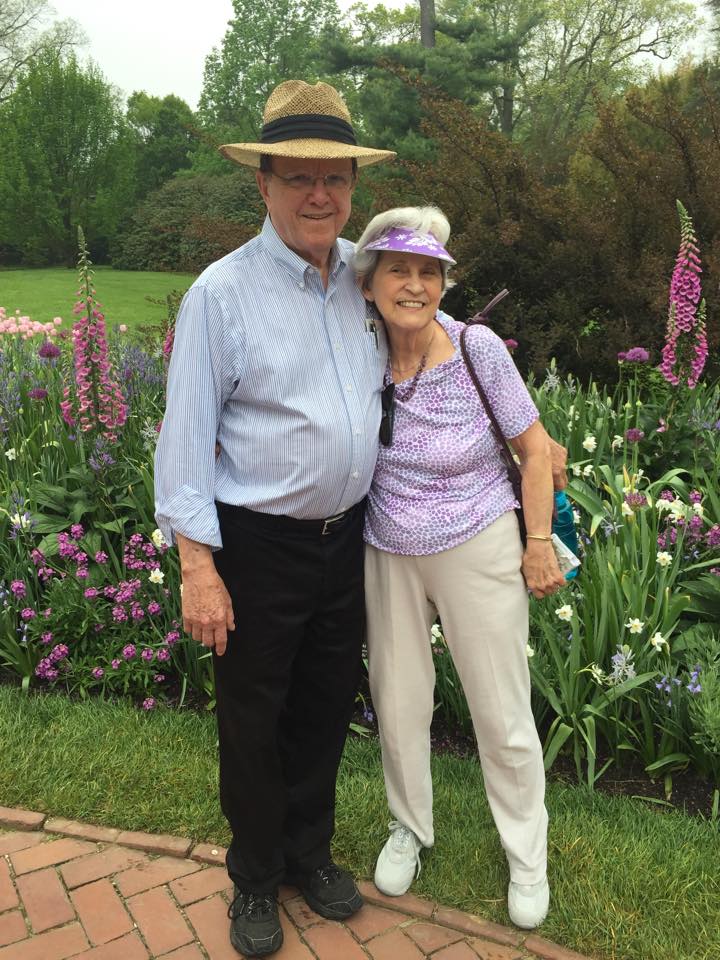Body language--Eye Communication
Amazingly, as previously shared, words (context) are the least in communication, netting a mere 10 percent with body language placing first place and tone touting second. Believe me, this is a bitter pill for writers of all styles to swallow, but observation supports those facts in just considering the strategic, mysterious and humorous skills the eyes perform as one aspect of body language.
Taking into account the demands of energy on the part of speaker and listener for the transmission of the spoken, written and sung words, can it be true that eye messages, swift and silent as a glance or wink, actually require minimal energy to fulfill its enormous contribution? While eye communication requires no classes, study or exams the evidence that eyes unmask emotions is undisputed perhaps as one of the most intrinsic and necessary marvels of our in-born gifts.
Centuries ago, William Shakespeare described the eyes as “the window into the soul “and that belief is traced back even further to Cicero. Easily observed, eyes reveal even the emotions of babies months before they learn to speak when in seeing an unfamiliar face or an angry stare are likely to cry and spying a familiar face or a bottle of milk they respond eagerly. The fervor of quiet eye messages is occasionally mysterious and exciting as an experience of my older sister illustrates.
Shirley, and her husband of 49 years who was battling cancer, organized Cancer Connection small groups which offered sharing, help and encouragement with other cancer sufferers and their mates. Another help-group provided empathy and guidance in the grieving process for remaining mates after experiencing a death. After Ralph lost his battle with cancer, Shirley continued leading the groups. She and I chatted by phone every Tuesday at 10 a.m. but a call from her on a Friday surprised me. “Ruthie, I’ve got to talk to you. One of our ladies died several months ago and her husband decided to seek help in the small group on adjustment and grieving. As he handed me the completed registration form, our eyes met and locked. I could not stop looking at him. I tried. I couldn’t believe what I was feeling. There was so much electricity between us that my toes curled up. Ruthie, what should I do with my emotions?” No words were said but much was communicated. They began to date and eventually were married eight glorious years before he, too, lost his battle with cancer.
Eyes play an underlying part in our lives as viaducts in conveying sadness, excitement, hopelessness, fear, illness, confusion, acceptance, love and anger, etc. Have you felt a person’s stare, or noticed when someone intentionally avoided eye contact? Sometimes, a wink from across the room is all you need for approval. When someone’s eyes fill with tears, there’s a reason. We know what rolling eyes, lifted eyebrows, widened or squinted eyes mean. Eye signals are easily spotted across a room while darting eyes raise suspicion. Have you heard the phrase someone looked at me with daggers in their eyes?
Eyes even reveal intentions. Lesson plans left for me when I was a full-time high school substitute often involved giving tests. After the tests were passed out, I’d sweep my eyes around the room. Invariably, when a student was about to cheat, they’d look up. A dead give-away. So, I’d calmly walk back and stand by their desk for a few minutes.
Eye contact is vitally important for good communication and comes in handy in the classroom. If I was cautioned about an upcoming class being unruly for subs, I’d stand at the door and make eye contact and smile as each student entered. I rarely encountered trouble. Have you ever had a conversation with someone who didn’t look at you or just took swift glances and looked away again and you wondered what they were looking at or who they’d rather speak with?
I encourage parents of young children to coach them early-on to make eye contact with relatives and visitors which will prepare them for meeting new people, having job interviews and/or interacting with people for the rest of their lives. If a child is taught to look at the person who is speaking early on, he/she will never have to grapple with the problem as they mature. Our maternal granddad coached his grandchildren, “Don’t trust a man who doesn’t look you straight in the eyes.” Maintaining eye contact is of utmost importance but becoming comfortable doing so merely takes determination and practice. If you are basically shy and/or extremely introverted, seeing a therapist might be the boost that is needed.
Eyes are as unique as a thumb print. A couple of years ago, a lady spotted us in a store and said “Jim and Ruth” and put her arms out for a hug. She was so delighted to see us. “You married us 40 years ago. Don’t you remember me?” A few years can change a person’s size and hair color but as we were unable to recall her name, I admitted “I recognize your eyes but I need a name tag.” I have seen many sets of eyes that assure me I’ve met or known the person and I’m comfortable asking for their name.
We can often see similar-looking eyes in the same family but each pair is unique. Related eyes often show some likeness, but not identical. Even identical twins have unique personal eyes. I wrote this, then decided to check the Internet to see if there was actual information to support it rather than relying on my personal experience in recognizing eyes. Sure enough, I was right about the eyes but was surprised to learn that there are eight other parts of the body besides the eyes that are as unique as a thumb print. God-designed bodies to be as unique as personalities are unique. That’s not all.
The long-accepted idea that if a person who is being questioned about a problem looks up to the right, he or she would be recalling an experience, but if they looked up to the left, they were constructing or making it up—perhaps lying. Some people honestly forget or tangle facts and are accused of lying. Another subject. I just learned from my brother John, who taught eye communication in college that a current study reveals that each person has their own special direction in which they look to construct and/or recall. So, the cross-examiner would need to ascertain by trial and error which direction a particular person was prone to look for recalling and for constructing. I personally recall from my left and construct from my right. How about you?
Earlier this week when sharing with a friend the blog subject of eyes, I spontaneously asked her: “When you think about your mother’s eyes, what impression did you get?” She quickly answered “Sweet and blue.” “And what about your dad?” “Teasing, Merriment.” My question led me to consider what I remember seeing in my mom’s eyes. Peace and contentment. I asked my sister, Jane, what she saw in mom’s eyes and her answer was gentleness, acceptance. Then, she asked me if I had noticed the deep, compassionate eyes of our great niece, Leah. I had. So, what do you think people see in your eyes? It pays to understand that we are constantly transmitting messages with our eyes whether we realize it or not.
My initial plan was to cover all the parts of body language but with eye communication turning out to be so extensive I decided to let the eyes stand alone. We’ll continue examining body language next week.
I praise You because I am fearfully and wonderfully made. Psalm 139:14
The ears that hear and eyes that see, the Lord has made them both. Prov. 20:12
The eye is the lamp of the body. If your eyes are good, your whole body will be full of light. Matt. 6:22

